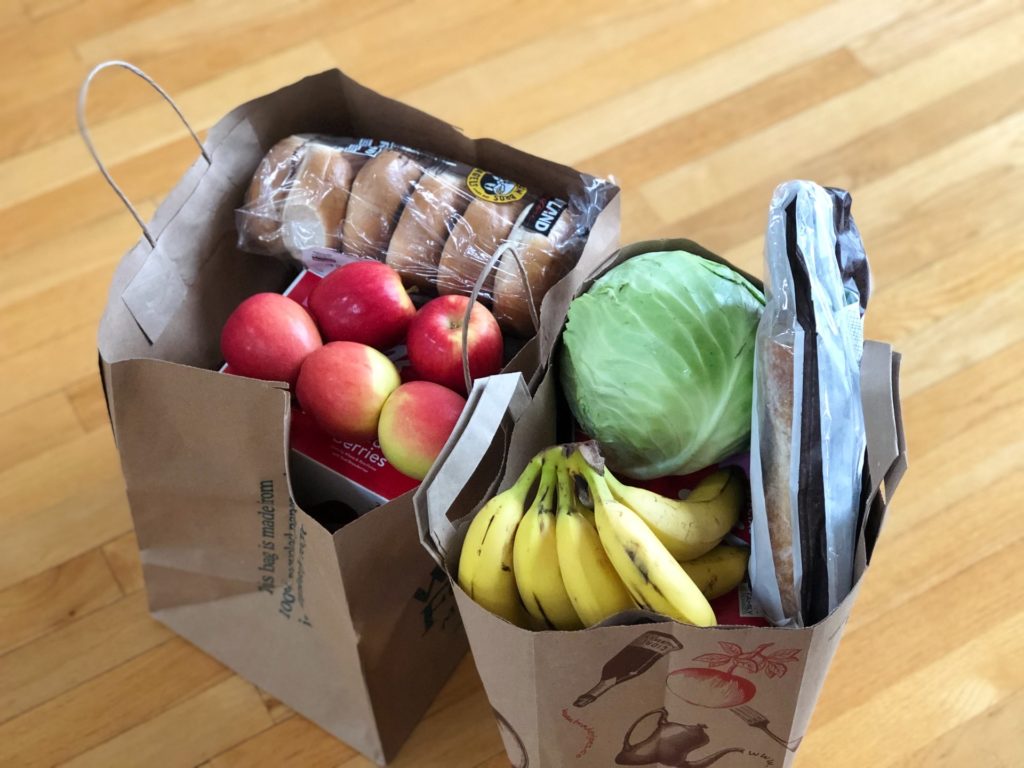THE latest Household Affordability Index by the Pietermaritzburg Economic Justice & Dignity group (PMBEJD) shows that food prices have dropped slightly in May, following a sharp increase in April 2021.
The civil society initiative found that all household food baskets in the areas it covers – namely Joburg, Durban, Cape Town, Springbok and Pietermaritzburg – increased month-on-month, and are still at much higher levels than September 2020, when the basket was first compiled.
However, the basket is R62 (1.5%) cheaper than a month ago (April) at R4,137.11. The basket comprises 44 core food items most frequently purchased by lower-income households who make up the majority of households in the country.
Despite the slight drop in prices in May, the basket has seen a dramatic increase in price since it was first introduced – up 7.3% over the nine month period.
The PMBEJD noted that the May decrease did not counter the April increases, with inflation on food “still running very high and off a very high base”, it said.
While the Joburg (-3.1%), Durban (-0.7%) and Cape Town (-1.9%) baskets all showed a decrease in May 2021, the outliers of Pietermaritzburg (+1.8%) and Springbok (+1.0%) continue to rise.
The group has also warned that food prices are likely to track over 10% higher by the end of the year. It noted that households are under severe pressure, and more pain will come when municipalities and metros implement price hikes in the coming months.
This includes steep increases to utilities like electricity and water, which will make the burden on lower-income families to provide sufficient food for the household even heavier.
As a result of these rising prices, the group said its research – which includes interviews with the people who do the monthly shopping in South African households – shows that shoppers are now moving to buy only critical foods, seeking out the cheapest available options.
Food price changes
According to the data, 15 of the 44 food items tracked in the index saw a price hike between April and May – however, no increases were above 10%.
The biggest jump was recorded in the price of apples, up 8%. Overall, only four food items increase at or above the rate of inflation for the month:
- Apples: +8%
- Cooking oil: +6%
- Onions: +4%
- Cabbage: +4%
Conversely, 22 of 44 food items declined. Oranges dropped as much as 36%, with the next biggest price drop being tomatoes, down 9%:
- Oranges: -36%
- Tomatoes: -9%
- Fish: -6%
- Gizzards: -6%
- Polony: -4%
- Wors: -4%
- Chicken livers: -4%
Seven other food items had fractional changes and were flat at 0%.
The PMBEJD previously warned that the government must intervene on escalating food prices and other factors that impact them, or risk civil unrest among an increasingly “hungry population”.
It said that headline inflation, which is back within the 3% to 6% range in May, is used as the starting point in many wage negotiations, but does not reflect the rising prices of core needs like food.
Low inflation in recent months has been driven by big purchases – appliances and the like – which are not typical repeat expenses. This gives the impression that inflation is low across the board, but in reality core purchases like food are rising rapidly.
“The CPI Headline rate does not accurately reflect inflation as experienced by low paid workers – what workers spend most of their money on, and inflation on this proportional spend. The annual National Minimum Wage increment of 4.5% – which works out in May 2020 to be R156.24 – will be gobbled up by much higher electricity, transport, and food inflation.
“Already in May 2020, food price inflation has eroded the increase,” it said.
The PMBEJD Basic Nutritional Food Basket for a family of four persons, over the past nine months, increased by 6.9% or an additional R188.81 per month. Electricity price hikes are set for July, set at a maximum 15.63%, while annul increases on transport will come in at around 7% to 12.5%.
“Our projection for food inflation for the 2021 period comes in at around 10%,” PMBEJD said.
“As the year pans out and the electricity and transport hikes come in, and when the hikes spread across the economy and increase the cost of all other goods and services, life is going to get even harder for workers earning at the National Minimum Wage level. This will impact severely on millions of families.”



